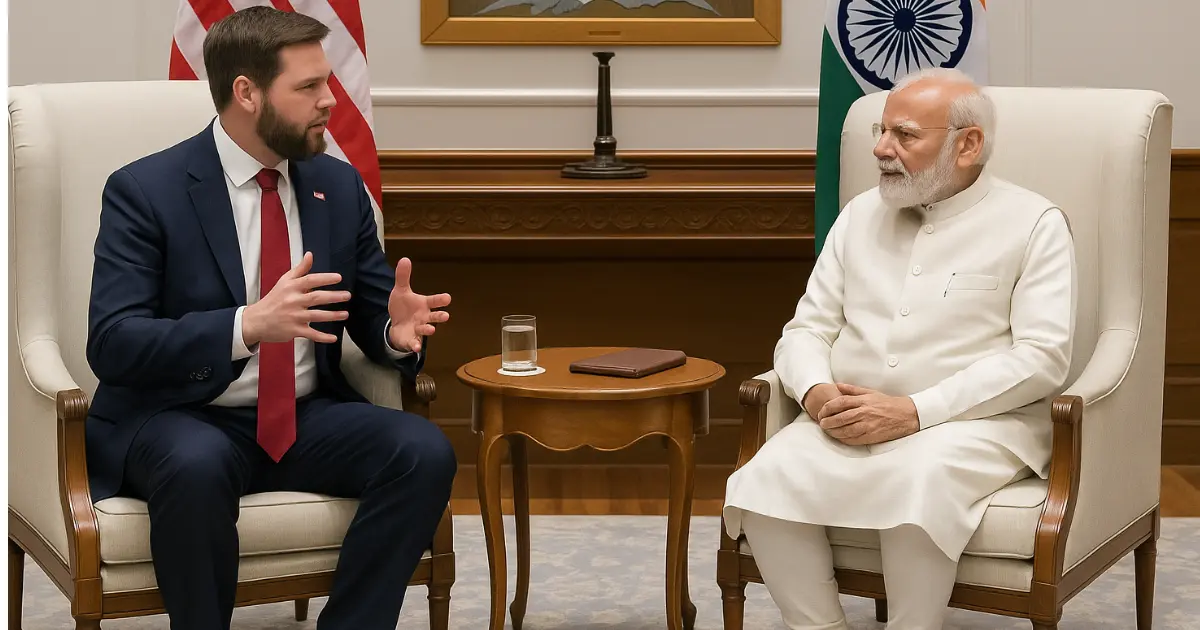The trip to India by US Vice President JD Vance was a turning point in further strengthening bilateral relations between the two countries. On April 21, 2025, Vance met with Prime Minister Narendra Modi to exchange views on widening trade and political ties. The meeting was intended to strengthen cooperation between the two countries in areas like technology, energy, and infrastructure to further cement the strategic partnership between the United States and India.
Top agenda items of the visit are:
Trade Expansion: Modi and Vance held in-depth discussions on ways to increase trade and investment between the two nations. They touched on possibilities for pacts in the technology, energy, and infrastructure sectors.
Political Dialogue: The two leaders laid stress on collaboration in areas of security, foreign policy, and regional security. This correlation signifies a bilateral focus on forging relations in these pivotal areas.
Cultural and People-to-People Relations: The visit also focused on the importance of people-to-people and cultural relations between the two countries. Efforts to increase the same were made, with an objective to build stronger relations between the people.
India’s Strategic Role: The visit emphasizes the strategic role of India as a principal ally to the United States, both in the region and internationally. It reaffirms the role of India as a global power player.
This US Vice President India trip is regarded as a landmark moment in the world’s political and economic order. Both nations, through strengthening their ties, intend to use their strategic partnership to secure mutual gains and advance their standings in the world.
The US Vice President India visit provides the foundation for future possibilities of cooperation, further strengthening the alliance between India and the United States. This visit emphasizes the promise of future opportunities for collaboration in trade, politics, and other areas, propelling both countries toward further leadership in world affairs.







